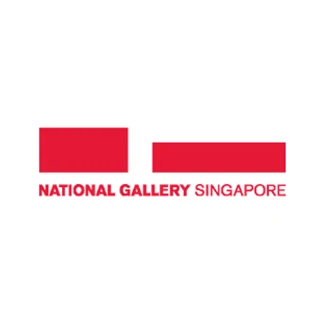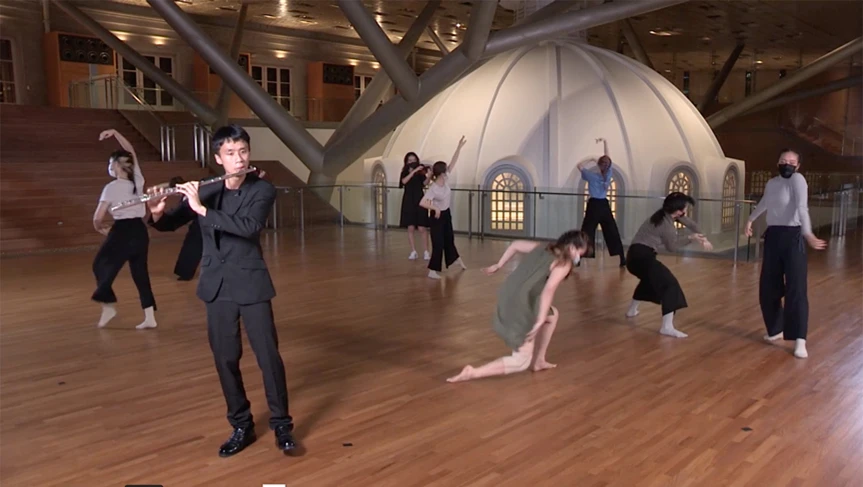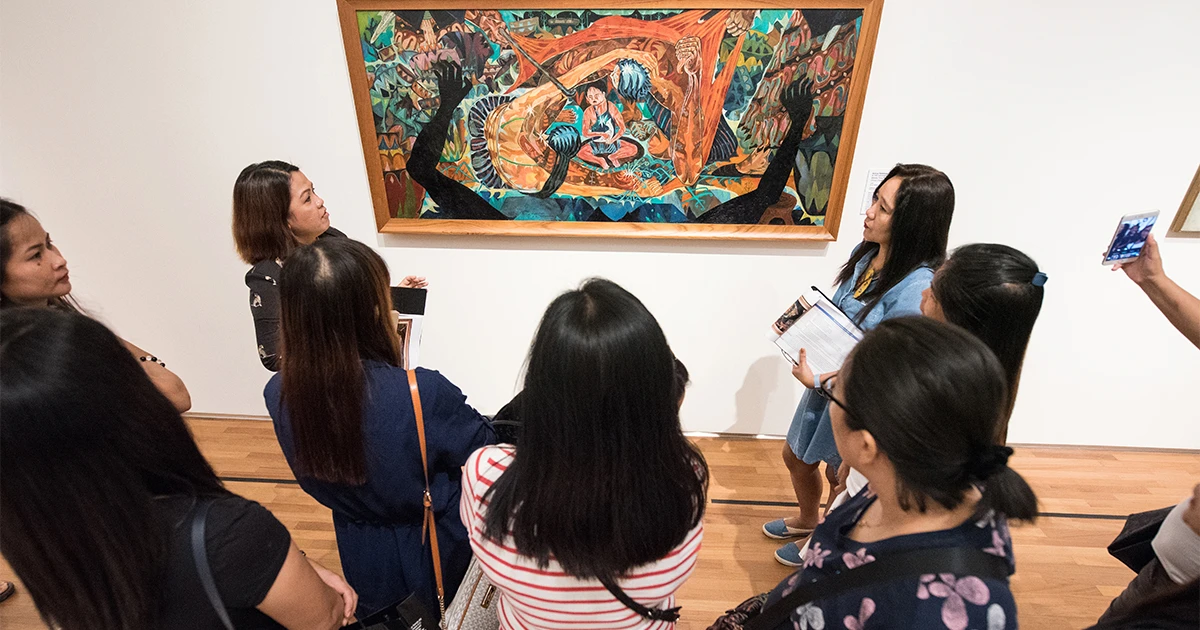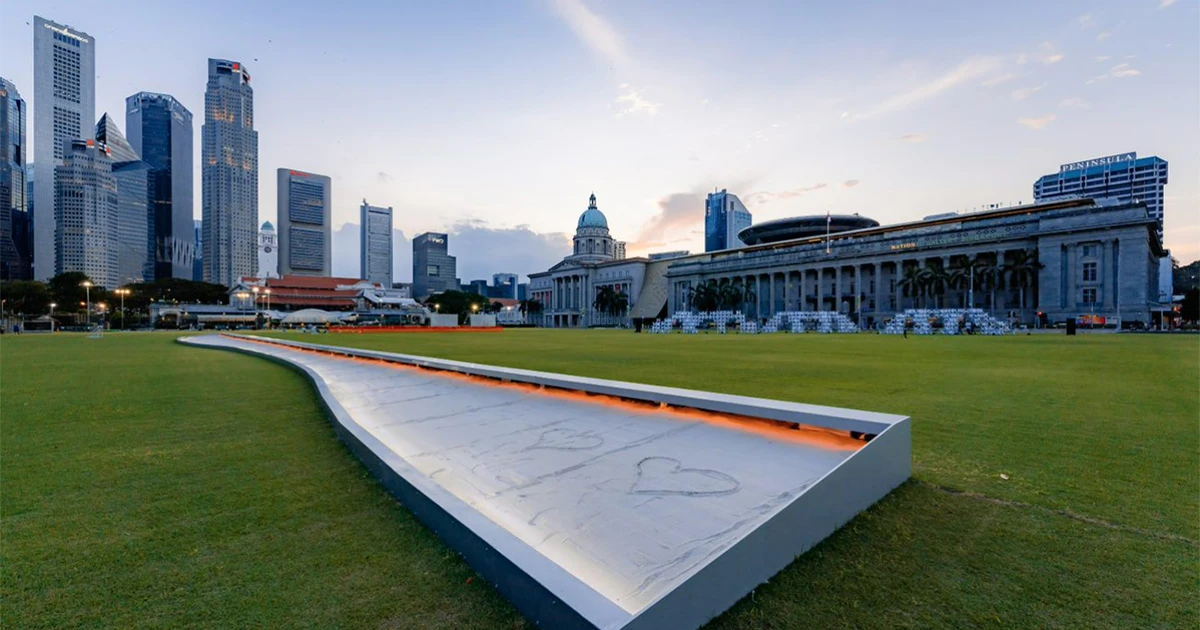Editorial Note
Editors Qinyi Lim and Teo Hui Min share more about what readers can expect from Perspectives Magazine in the coming months.
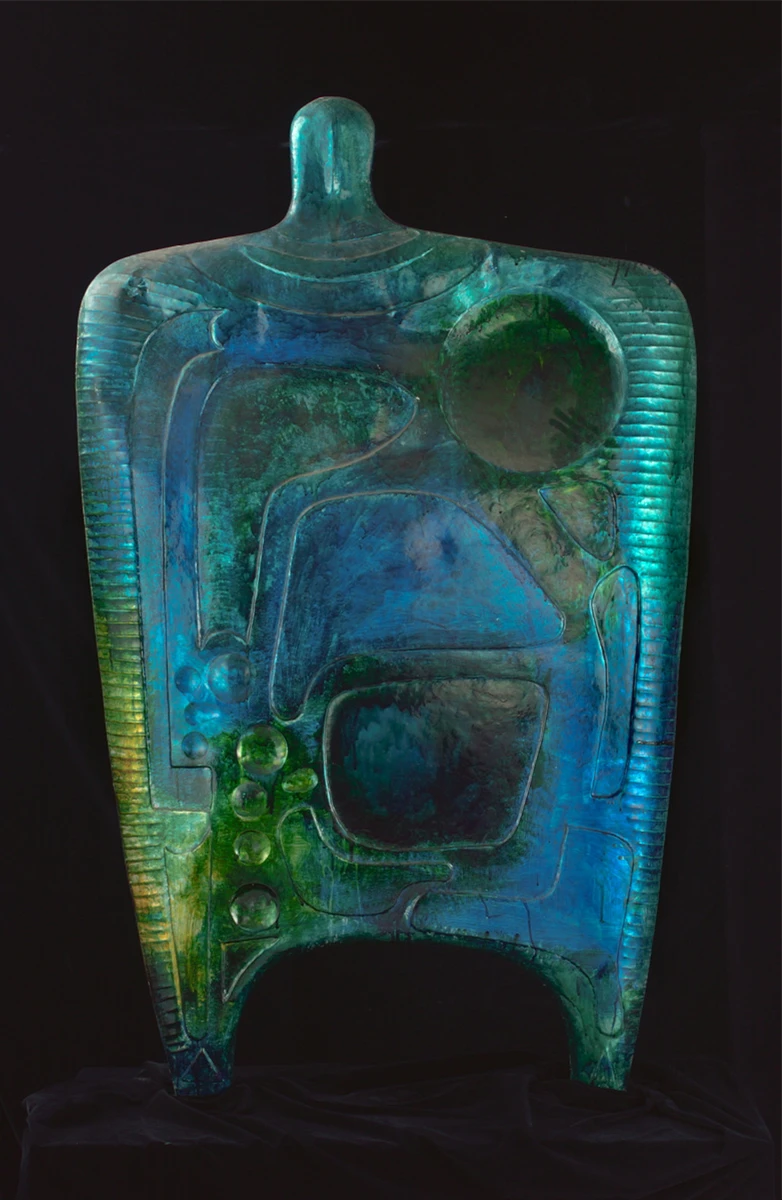
Entrepreneur
c. 1969
Polyurethane paint on aluminium, 180 x 104 x 14 cm Gift of Agnes Hoisington Collection of National Gallery Singapore
Perspectives Magazine was initiated to create a degree of porosity and celebrate the different types of labour that occur within the Gallery. As its by-line reads, “a platform for views, insights, research and behind-the-scenes work at the Gallery,” the magazine has received contributions from a broad spectrum of staff, volunteers, interns, poets-in-residence and artists. Out of this, a medley of voices has emerged, reminding us of the pervasiveness of art and the interconnections between work inside and outside the Gallery. This online magazine was co-founded by Clarissa Chikiamco, Brian Koh, Eve Hoon, and Joleen Loh, and has been worked on by Joyce Choong and Elaine Ee.
At the height of the COVID-19 pandemic in 2020, Perspectives editors Joyce Choong and Joleen Loh conceived and initiated a series titled out of isolation: artists respond to COVID-19. The series invited artists to respond with how the pandemic had impacted their practices, localities and contexts. Responses covered wide ranging topics including ecological issues, digital futures, personal reflections, radical care and mutual aid networks. Together, they revealed a constant deliberation between artists, institutions, and the ecology and climate that governs our everyday experiences. The online magazine is a repository for these critical reflections and intergenerational conversations started by respondents such as Diana Rahim, Ho Rui An, Lin Hsin Hsin, AWKNDAFFR, bani haykal, Chu Hao Pei, Debbie Ding, Grace Samboh and Tamarra, Jimmy Ong and Johann Yamin, ila and Sam, Marcus Yee, Simon Soon and Susie Wong.
It is in this spirit and under this banner that we, the new editors of Perspectives, continue to encourage these voices to surface on this platform with a new season of Out of Isolation. For 2022, we want artists to share about the ramifications of the pandemic on methods, production, collaborations and strategies. This line of enquiry will allow us to foreground the negotiations and strategies that they have adopted while working under the restrictions imposed by the ensuing pandemic.
More specifically, we invite artists, writers, poets and members of the art ecology such as Duong Manh Hùng and Phaptawan Suwannakudt, to reflect on our current context through perennial issues such as gender, ecology, and climate change—the same themes that ground their research of modern and contemporary Southeast Asian art. As COVID-19 becomes normalised within our lives, and as we gradually emerge from physical isolation, our experiences of being, making, and relating to one another have shifted indelibly. We hope that this new series of responses will trace and reflect this moment as we learn new strategies on how to be together again, through and with the many forms of art and its practices.
The Magazine will also feature short research essay contributions by interns and students that the Gallery works with through our internship programmes and current education collaboration with the National University of Singapore under the Art History Minor.
Entrepreneur, the artwork accompanying this editorial note, is currently on display in the Gallery as part of our latest exhibition, Nothing is Forever: Rethinking Sculpture in Singapore. The sculpture, which merely alludes to the form of a standing figure, consists of an aluminum "skin" with meticulous relief details that is clad over a shaped wooden core. It is made using a technique that artist Vincent Hoisington eventally become known for; he had developed it in 1955 after he began working with industrially supplied aluminium.










